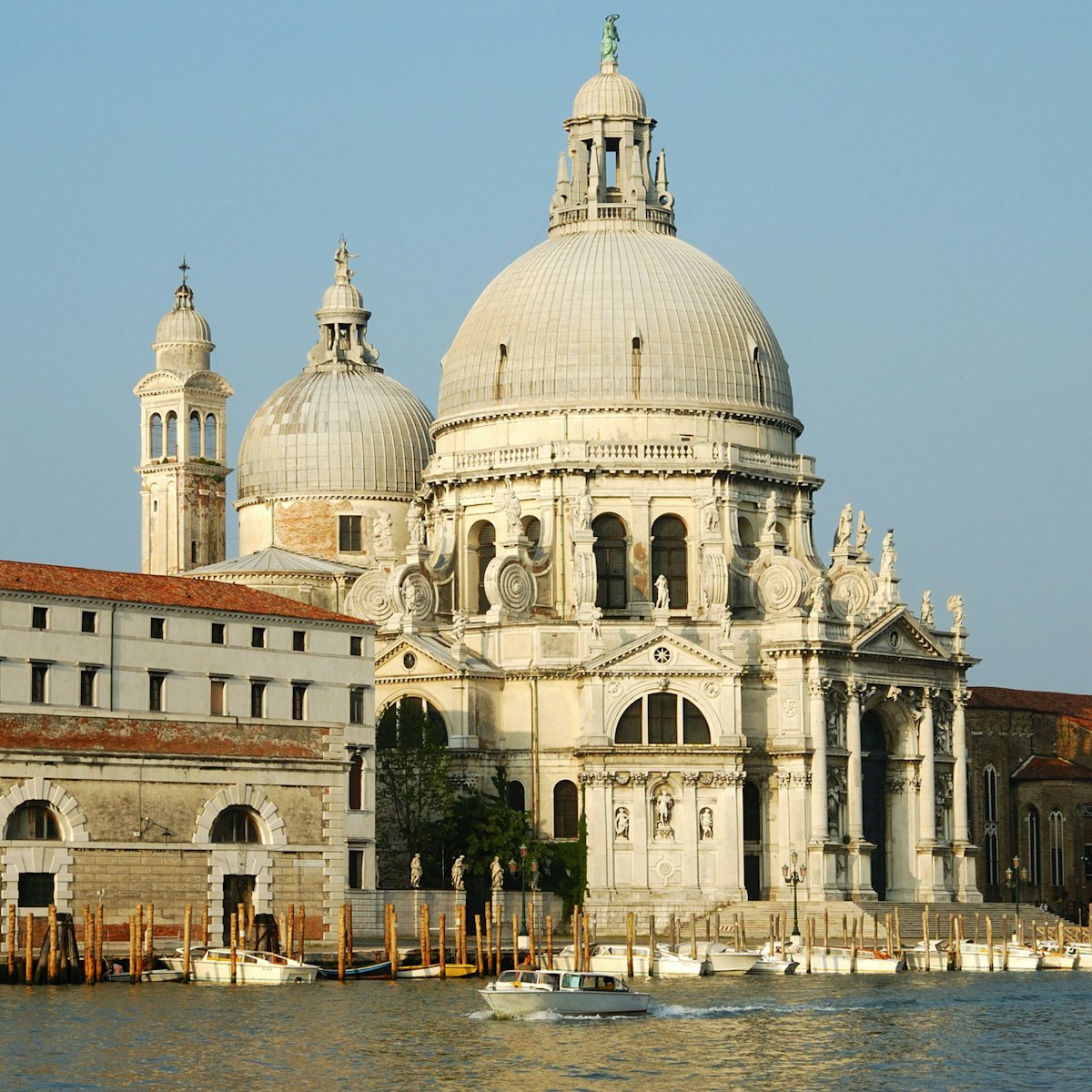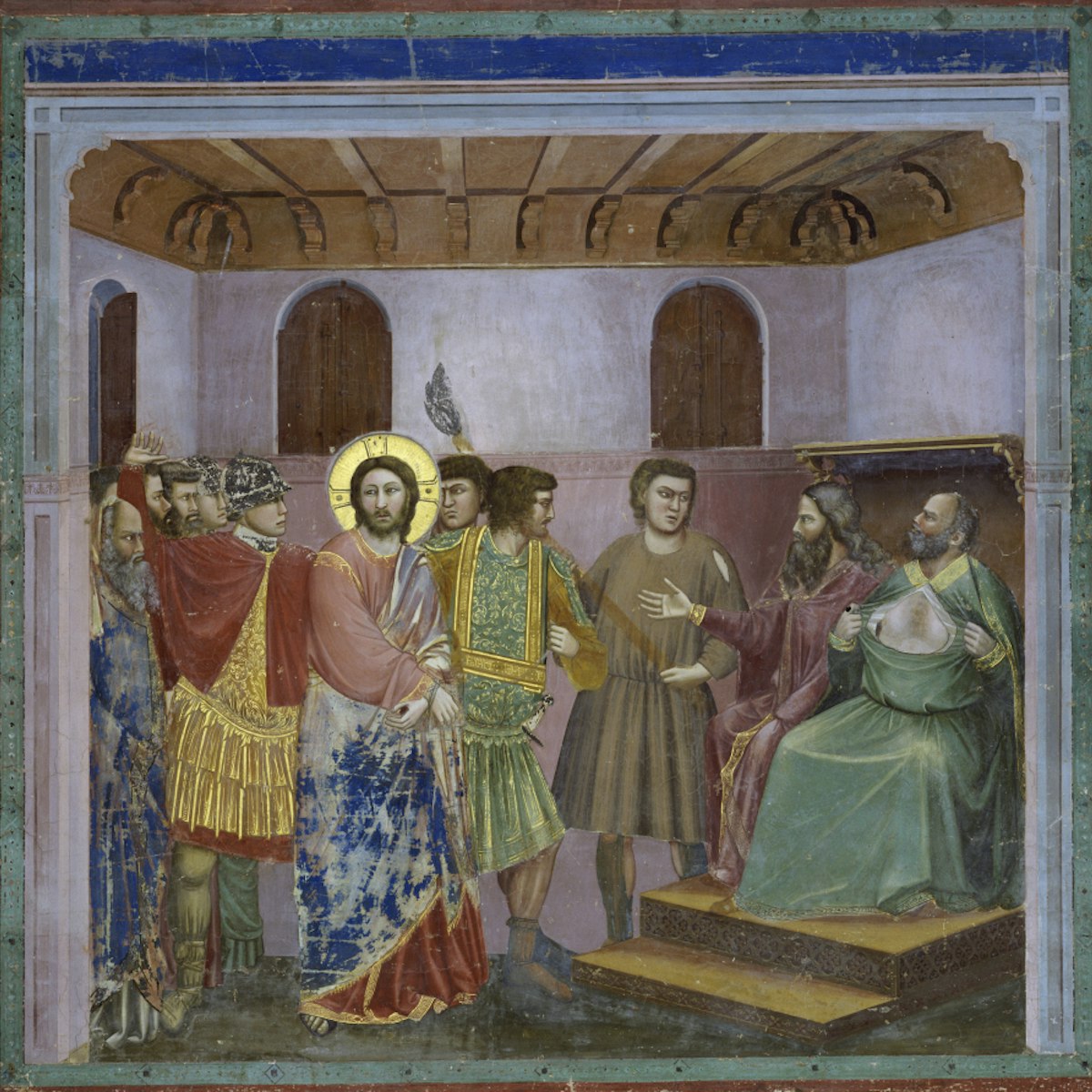This Renaissance palazzo (mansion) is the seat of Padua’s history-making university. Founded by renegade scholars from Bologna seeking greater intellectual freedom, the university has employed some of Italy’s greatest and most controversial thinkers, including Copernicus, Galileo, Casanova and the world’s first female doctor of philosophy, Eleonora Lucrezia Cornaro Piscopia (her statue graces the stairs). Admission is on a 45-minute guided tour only, which includes a visit to the world’s first anatomy theatre and the Aula Magna (Great Hall) where Galileo lectured.
Today, Palazzo Bo is home to the Rector’s offices, libraries, and the halls used for ceremonies and the discussion of dissertations. They blend the historic buildings with Rationalist renovations and modifications made by Italy's great rationalist architect, Gio Ponti, in the 1930s and '40s. During the renovation, Ponti called on artists, such as Campigli, Pendini and Severini, to fresco the Rector’s offices, while at the entrance to the New Courtyard stands Arturo Martini's statue of Palinurus, which is dedicated to the partisan Masaccio and commemorates the Italian Resistance movement.
Note also the six Stumbling Stones (stolpersteine) embedded in the cobblestones in front of the entrance; they commemorate Jewish students who were arrested here and deported to Auschwitz.







